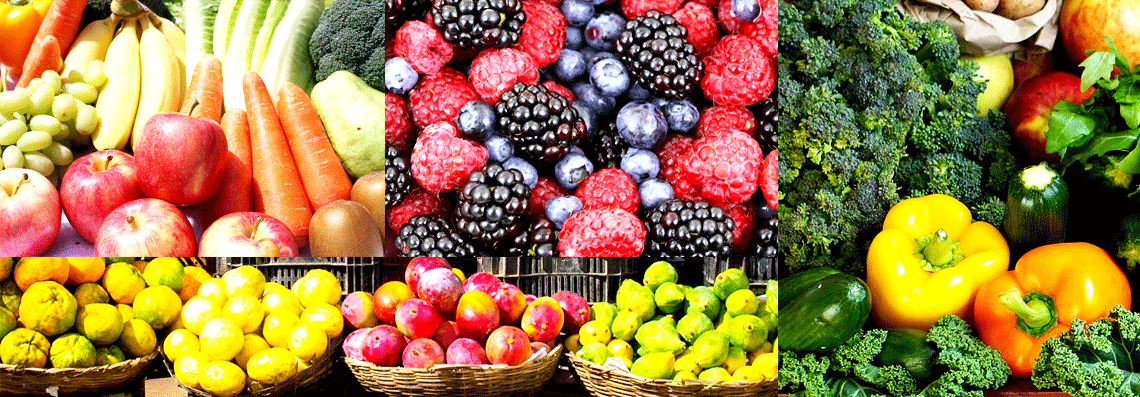Kidney plays a fundamental role in regulation of body fluids, electrolytes and acid-base balance. Potassium imbalance may leads to CKD consequences in to multiple derangements including hyperkalemia, metabolic acidosis and hyperphosphatemia. It further cause complications like muscle wasting, bone-mineral disorder, vascular calcification and mortality.
Hyperkalemia (abnormally higher level of ppotassium in blood serum) is one of the most common and life-threatening electrolyte disorders in CKD. It increases multifold with the advancement of CKD.
Keep potassium level under check before it go too high
GOAL RANGE 3.5-5.0 mmol/L
Actively avoid foods that are high in potassium. Alternatively, eat variety of foods but with limitation on quantity.
Keep in mind:
Almost all foods contain some potassium, hence the portion of the serving is very important. A multifold amount of a low potassium food can be cause of a high-potassium food

Leaching process: it helps in pulling potassium out of some high potassium vegetable and pulses:
- Peel and dip the vegetable in cold water and slice the vegetable 1/8 inch thick
- Rinse the vegetable in warm water for a few seconds
- Soak for a minimum of two hours in warm water. Use ten times the amount of water to the amount of vegetables. If soaking longer, change the water every four hours.
- Rinse under warm water again for a few seconds.
- Cook the vegetable with five times the amount of water to the amount of vegetable
Leaching potassium from roots and tubers:
Double boiling cooking is more effective than normal cooking for leaching potassium especially from roots and tubers, decreased potassium levels by 50% and 75% respectively.


